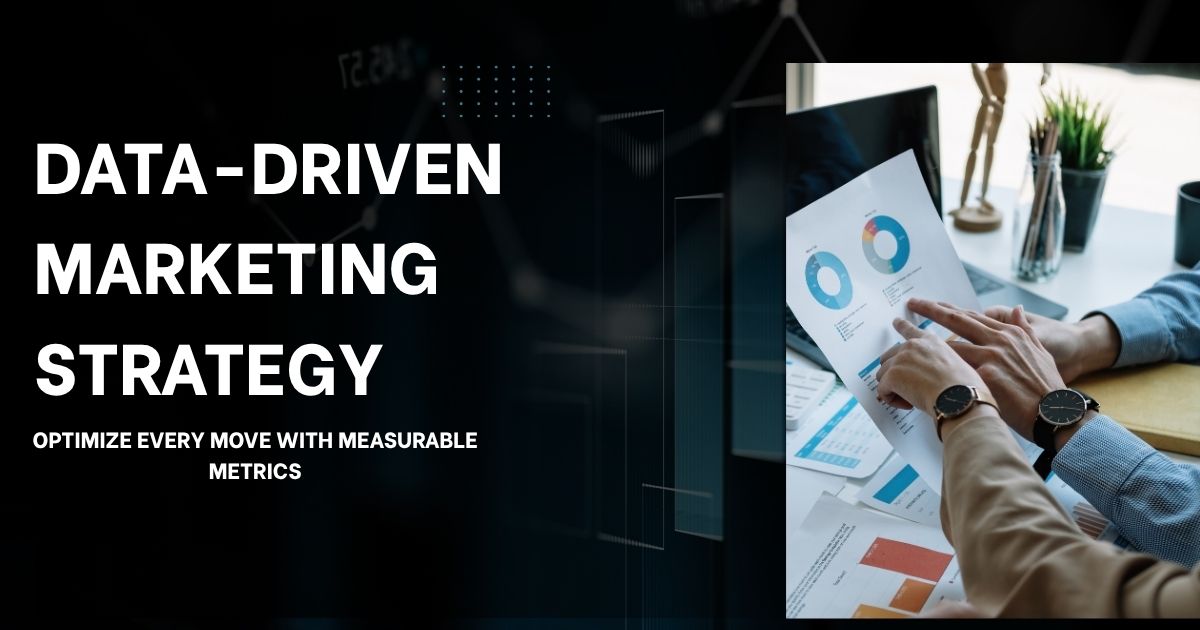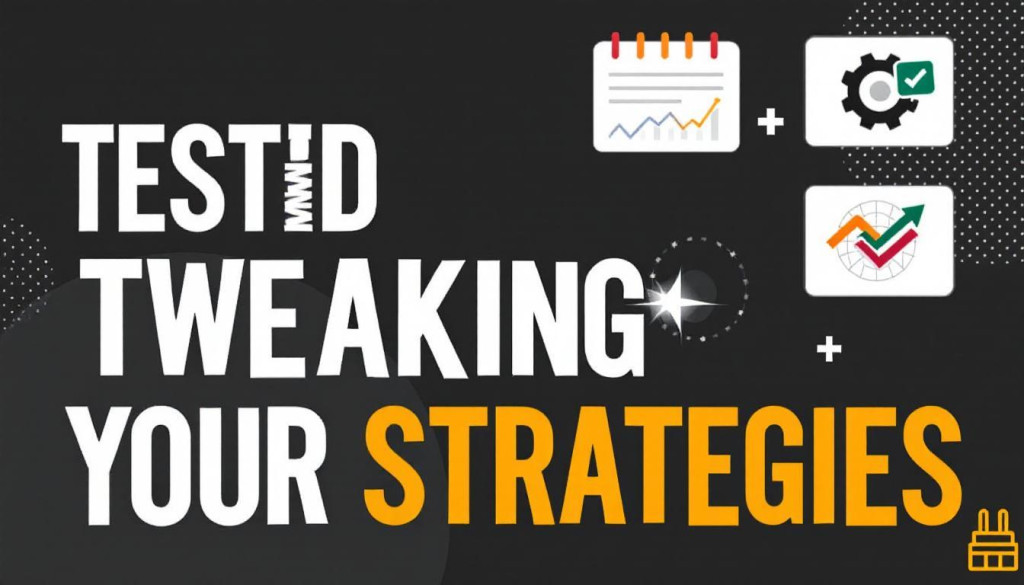
There is too much at stake in today’s competitive marketing environment to simply guess and hope for the best. Successful businesses need accurate data to help drive their decisions to ensure that they make the most of their efforts. Cue the data-driven marketing approach.
A data-based marketing plan leverages strong data analysis and incorporation insights that inform campaigns, allowing marketers to make every step with reliable evidence. But what does it take to build that kind of strategy, from scratch?
This guide will walk you through the process of creating a data-driven marketing strategy. Whether you’re a novice or pro, this approach should ensure that you get very clear on what you want to achieve with your marketing and see measurable results.
1. Identification of Key Performance Indicators (KPIs)
Before you can start using data, you need to decide what success means. That’s where key performance indicators (KPIs) come in. KPIs are actionable metrics that help you determine the success of your campaigns.

Define the Objective
Begin by responding to the question, “What do I hope to accomplish with this campaign?” Is it more prospects, more cross-traffic to your website, or more influential social media visits? Your end goal will direct which KPIs you decide to track.
Examples of KPIs
Here are a variety of marketing KPI examples you might consider, depending on your goals:
-
Lead Gen: Conversion rate, form submissions, or subscribe to new.
-
Web Traffic: Click-through rates, unique users, average session time.
-
Sales: Increased revenue, cost of acquisition, and customer lifetime value.
These KPIs will form your benchmarks and inform the rest of your strategy.
Tip: Consider Micro Goals
While you want to track high-level KPI’s, there is nothing wrong with “micro goals.” If you want more conversions, perhaps look at email open rates or even what people do on your landing pages leading up to these conversions.
Step 2: Methods of Data Collection and Analysis
Once the KPIs have been selected, the next step is to collect the data necessary to measure these. Data analysis and data capture are two very important elements in this type of marketing.

Sources of Data Collection
There’s a lot of data at the fingertips of marketers; however, you need to know where to look for it:
-
Website Analytics: Utilize technologies such as Google Analytics to track site traffic, user behavior, and engagement.
-
Social Media Insights: Facebook, Instagram , and LinkedIn offer integrated analytics to follow the engagement and audience demographics.
-
CRM Software: Report on and analyse customer-based interactions and sales performance.
-
Surveys and Feedback: Gather qualitative feedback from your audience through online surveys or online reviews.
Analyzing the Data
Once the dust has settled and you’ve gathered your data, the next step is to make sense of it. That includes identifying patterns, trends, and outliers that could influence your marketing choices. Invest in data visualization tools such as Tableau or Power BI to interpret the data effectively.
Simplify and Segment
You don’t have to follow up on every piece of information. Concentrate on insights that are related to your KPIs, and try and segment your audience into different groups such as behavior, interests, or demographics. This is how you make your campaigns super focused.
Step 3: Applying Data Insights to Marketing Campaigns
Data alone is worthless if you don’t do something with it. The third stage is to use these insights in your email campaigns.
Customizing the Programs by Audience Segment
You know how you broke your audience up back in Step 2? Now’s the time to act on it. Tailor your outreach with:
-
Targeted Ads: Use behavioral analysis to design ads for specific demographics.
-
Email Campaigns: Use user interests to personalize subject lines and content.
Build Buyer Personas
Data can assist in building specific buyer personas representing various factions of your audience. Personas help you develop messages that will resonate with a particular segment and drive more engagement and conversions.
Real-Life Application Example
For example, say an e-commerce brand crunches the numbers and determines that a sizable share of its customers shop on mobile. They could leverage this intelligence to help optimize the mobile shopping experience or to develop mobile-first ad campaigns.
Step 4: Testing and Tweaking Your Strategies
Marketing success is not a one-off exercise. What worked yesterday isn’t necessarily going to work tomorrow. That’s why it’s so important to test and optimize.

A/B Testing
A/B testing is one of the best methods to test changes. Create two versions (A and B) of a marketing asset and compare their performance.
Examples:
-
“Buy Now” vs “Get Yours Today” CTA buttons.
-
Testing various email subject lines or display ad creatives
Monitor Performance
Track campaign performance via analytics tools. Measure against your KPIs, and adjust if necessary.
Continuously Refine
With data-driven marketing, you can always pivot. Adapt your strategy based on what works and what doesn’t. Keep your tactics flexible and informed by fresh data.
Data-Driven Marketing – What Lies Ahead
It’s not just about being competitive now. The future of data-driven marketing is evolving with:
-
AI and Machine Learning: Automating tasks and delivering deeper insights.
-
Hyper-Personalization: Enhanced individual targeting based on real-time behaviors.
The takeaway? Now is the time to invest in a data-driven approach that continues to deliver value.
Get Started Today
It can be a challenge to adopt data-driven marketing, but the benefits are simply too good to ignore. Start small, focus on those KPIs, and scale from there. With time, you’ll get faster and start to see your efforts rewarded.
Leave a Reply